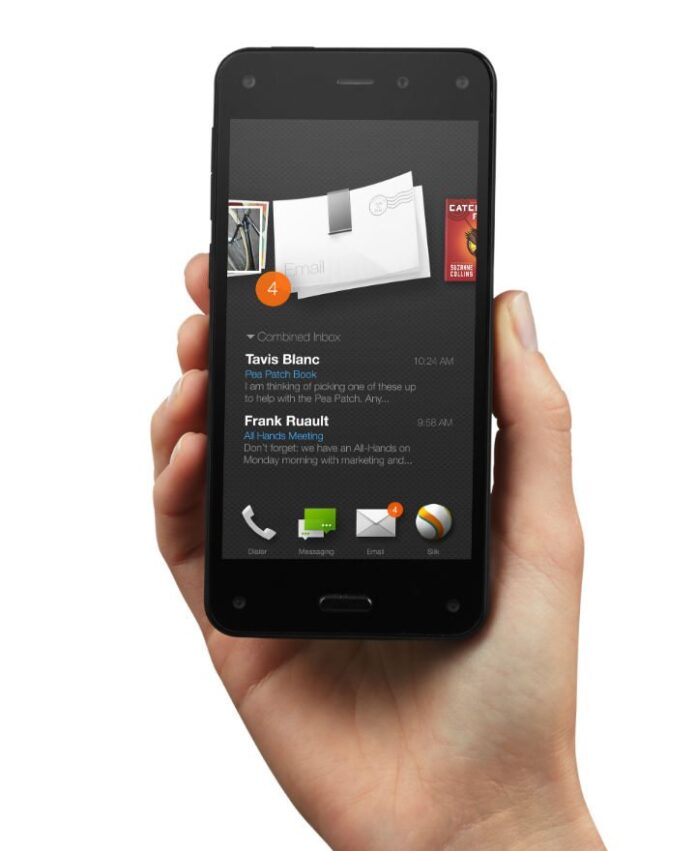Editor’s Note: Looking to bring a younger perspective to the mobile space, RCR Wireless News has tapped Jeff Hawn to provide insight into what’s on the minds of the tech-savvy youth of today.
Originally, I had intended an analysis of the evolution of cellular devices after reading how the flip phone was making a strong come back among the “hipster” segment of my demographic. However, while researching the evolution of the cellphone, the handy little gadget we all use everyday and have come to take for granted, I was struck not by what the cellphone had evolved from, but what it was evolving into. The cellphone is becoming an instrument that is breaking down the barrier between the physical and digital worlds and as such facilitating the emergence of a new economy.
An example of this evolution is the often under-appreciated Amazon.com Fire phone. Critics have derided the Fire as underperforming and little more than an easy way to access the Amazon store. I believe the critics missed the bigger picture. Yes, the Fire is underwhelming when compared to the new iPhones or Droids as a MP3 player and mobile gaming platform, but the Fire isn’t supposed to be the latest greatest mobile device. Rather it is supposed to be an easy way for a user to get to the “Internet of Things” to buy merchandise. In this function, the Fire performs beautifully, allowing a user to see an object in the store, scan it with the Fire and then purchase the same product from Amazon, often for a lower price.
What the Fire user just did is dissolve the wall between the physical marketplace and the digital one, and that wall is one that Amazon is trying to dissolve in as many ways as possible. At this point the only thing that can’t be bought on Amazon is business-to-business items or large manufactured goods, such as heavy machinery or cars. Most other consumer products can be purchased online and delivered right to your doorstep, including groceries.
Through their business model, I believe Amazon is giving us a preview of the economy to come where physical stores with inventory are a thing of the past. If stores exist at all, they will be display locations for items that a shopper can scan with his or her phone or order from an in-store kiosk. The order will then be processed at a distribution hub, where it will be delivered and be waiting on the shopper when they get home.
The mobile phone is the ideal platform for this direct service economy, because it can function as a reliable cross-platform allowing consumers to reach distributors directly. With advances in 3D printing and self-driving cars, it’s not just groceries and toys that consumers will be able to order. Uber and Lyft have already demonstrated the feasibility of integrating the tried-and-true taxi with wireless devices. Currently, both companies rely on independent drivers, but if self-driving cars get off the ground soon consumers might be able to order a robotic car to shuttle them from place to place using only their cellphone and a bank account. Self-driving cars remove the risk of human error and the hesitancy a customer (including me) feels getting into a strange person’s car. Three-dimension printing, a technology now in its infancy, is maturing quickly and I would not be surprised if in 10 years I’m able to use my cellphone to scan my hands, upload the scan and order a custom 3D printed keyboard directly from the manufacturer.
All of this dissolution of the wall between the physical and digital marketplace goes hand-in-hand with greater automation of the same marketplace. To achieve the maximized efficiency the on-demand economy will need, companies will have to become more reliant on robotic employees over human ones. Robots will be needed to organize warehouses, drones to deliver packages, and large mainframes to coordinate the activity wirelessly.
I believe that we stand on the cusp of a strange new world where the power of the economy will be concentrated, literally in the palm of our hands. I hope that my generation and those that come after us will have the foresight to harness this evolution effectively. However, past precedent does not give me much hope.
Jeff Hawn was born in 1991 and represents the “millennial generation,” the people who have spent their entire lives wired and wireless. His adult life has revolved around cellphones, the Internet, video chat and Google. Hawn has a degree in international relations from American University, and has lived and traveled extensively throughout Europe and Russia. He represents the most valuable, but most discerning, market for wireless companies: the people who have never lived without their products, but are fickle and flighty in their loyalty to one company or product. He’ll be sharing his views – and to a certain extent the views of his generation – with RCR Wireless News readers, hoping to bridge the generational divide and let the decision makers know what’s on the mind of this demographic.

